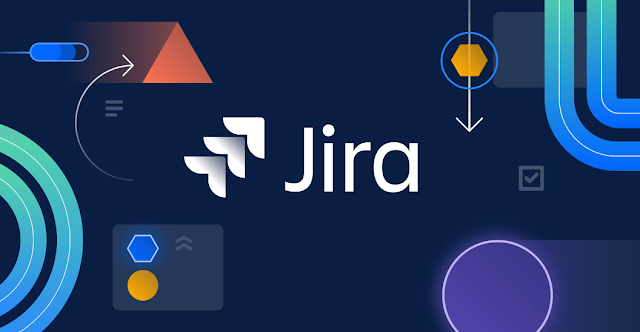Agile by Atlassian Jira Module 2 Assessment Answers – Coursera
Agile by Atlassian Jira Module 2 Assessment Answers – Coursera
1. Which one of the following statements is true?
- In scrum, the product vision remains constant as the team builds the product.
- Scrum projects all follow the same practices.
- Scrum is a framework for achieving agility.
2. Which one of the following statements is true?
- A sprint board includes the product backlog.
- A burndown chart should reach zero by the end of the sprint.
- A product backlog is the same thing as a sprint backlog.
3. What does a sprint backlog contain?
- Issues to be completed in the sprint and a plan to complete them.
- A list of issues to be completed after the current sprint.
- A prioritized list of all of the issues of the project.
4. Which scrum role is responsible for the product backlog?
- Scrum master.
- Product owner.
- Development team members.
5. Which scrum meeting is most likely to include stakeholders?
- Sprint review.
- Sprint planning meeting.
- Daily standup/scrum.
- Sprint retrospective.
6. Which one of these best describes the purpose of a sprint retrospective?
- Plan the work of the sprint.
- The team inspects itself, including its processes, tools and team interaction.
- Inspect the increment and collaboratively update the product backlog.
7. Which scrum role is most responsible for protecting the focus of the team?
- Scrum master.
- Product owner.
- Development team members.
8. Which one of the following statements is true?
- Lean principles apply only to production.
- Lean principles are not related to agile principles.
- Many agile principles are similar to lean principles.
9. Assume that your job is to make sure that a vending machine is full of items every morning. Which one of these acts as a kanban used to manage the inventory?
- The items in your delivery truck.
- An empty item location in the vending machine.
- The money used to purchase items.
10. An andon board is a central location that displays current problems that have been identified by the team. Which one of these is another example of the process identifying problems?
- An issue that has been in the backlog a long time.
- Moving an issue to a “queue” column on a board.
- Columns on boards changing color when over the work-in-progress limits.
11. When you are troubleshooting a problem using the “5 whys” approach, when should you stop asking “why” questions?
- When you find the solution to your problem.
- When you have asked five questions.
- When you find the root cause of the problem.
12. Which one of these is an example of a team that uses an approach similar to the scientific method?
- The team creates a plan for building a product, then implements the plan perfectly.
- The team builds a feature, but the data shows that customers do not use it, so they remove it.
- The team postpones any changes to the plan until after the initial product release.
13. Which one of these Agile Manifesto value statements is most related to empowering the team?
- Customer collaboration over contract negotiation.
- Working software over comprehensive documentation.
- Individuals and interactions over processes and tools.
14. Which one of these statements is similar to the spirit of the Agile Manifesto?
- It is important to embrace change.
- All communication should be documented.
- The product should only be delivered when it meets the customer’s specification.
15. Which one of the following statements is an Agile Manifesto value statement?
- Comprehensive documentation before working software.
- Customer collaboration over contract negotiation.
- Following a plan over responding to change.
Back to top



Comments